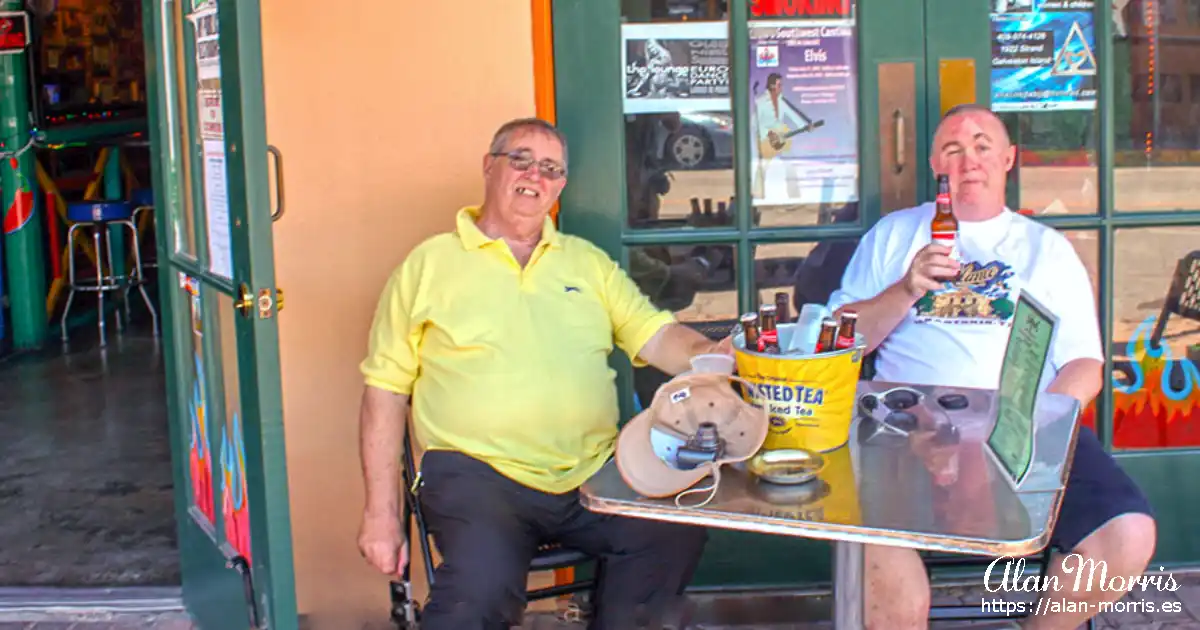We stayed at Galveston Island for a few nights on our way through Texas, and I enjoyed my stay there.
While on Galveston Island, we went on a small tram ride and were shown many beautiful buildings. I remember the old tree stumps carved into different figures. Many of the trees in Galveston were destroyed in a storm, and rather than uproot the stumps, many homeowners have had them carved into animals or objects, and they look great. Many beautiful houses destroyed in hurricanes or storms have also been restored to their original condition, making this a beautiful place to look around.
History of Galveston.
Galveston is a coastal city in Texas on Galveston Island and Pelican Island. Named after Bernardo de Gálvez y Madrid, Count of Gálvez (born in Málaga, Spain), Galveston's first European settlements on the island were constructed around 1816 by French pirate Louis-Michel Aury to help the fledgling Republic of Mexico fight Spain. The Port of Galveston was established in 1825 by the Congress of Mexico following its successful independence from Spain. The city served as the main port for the Texas Navy during the Texas Revolution and later served as the capital of the Republic of Texas.
During the 19th century, Galveston became a major US commercial centre and one of its largest ports. It was devastated by the 1900 Galveston Hurricane, whose effects included flooding and a storm surge. The natural disaster on the exposed barrier island is still ranked as the deadliest in United States history, with an estimated toll of 6,000 to 8,000 people.
Much of Galveston's modern economy centres on tourism, health care, shipping, and financial industries. The 84-acre University of Texas Medical Branch campus, with an enrollment of more than 2,500 students, is a significant economic force in the city.
